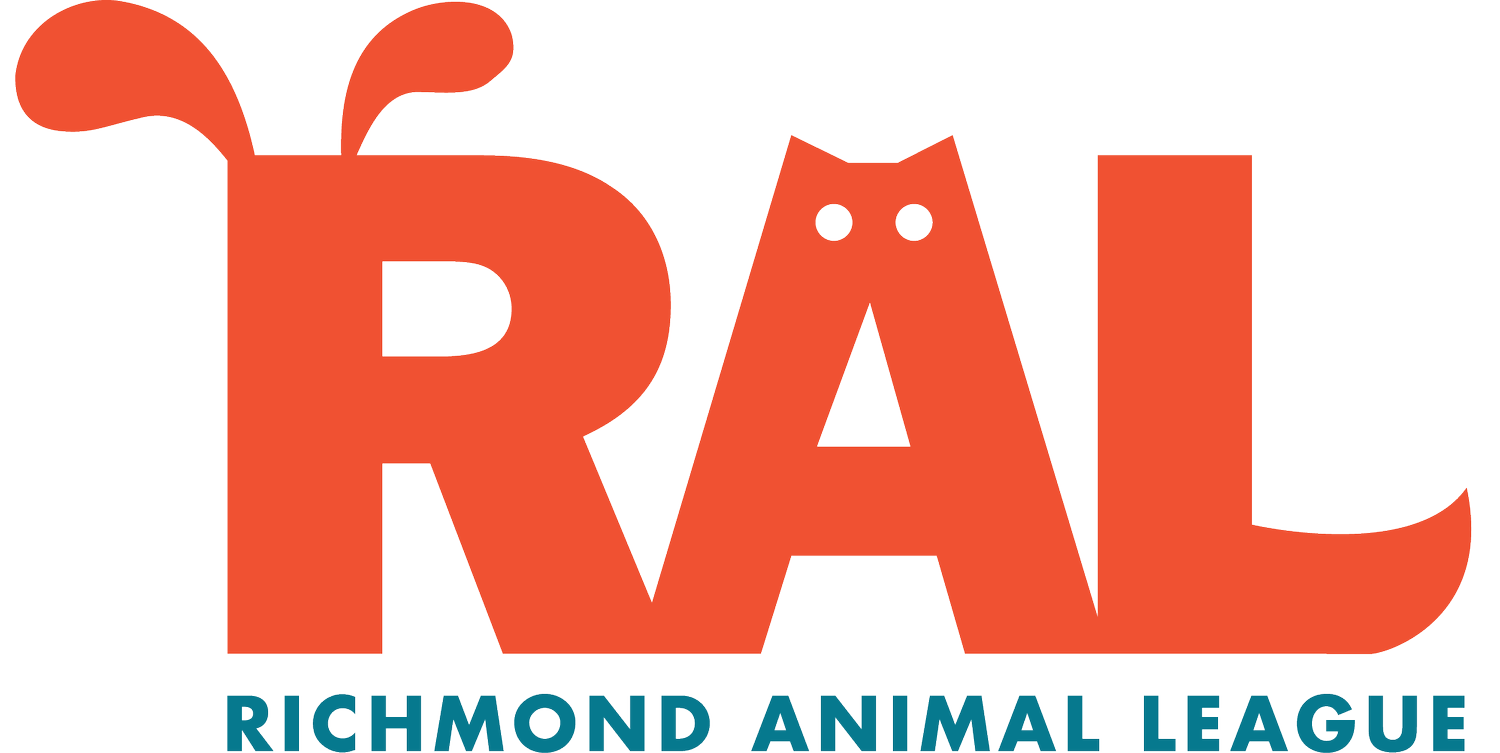Chasing Fast Moving Objects
Dogs often chase fast-moving objects, such as cars, people on bikes, and kids on skateboards. This behavior can stem from fast-moving objects triggering a dog's natural predatory instinct. This instinct also encourages dogs to chase cats, rabbits, and squirrels. Sometimes, however, the behavior stems from fear. If the dog is afraid of the object due to either a lack of socialization or a past fearful experience, they may be simply trying to chase the scary object away.
To stop this unwanted behavior, we must change how our dog perceives the object and then condition a new response to the sight of the object. To accomplish this goal, we use positive reinforcement training (operant conditioning), desensitization (gradually exposing the dog to the object and increasing the strength of the stimulus over time), and counterconditioning (changing the dog's emotional response to the object).
Operant conditioning enables us to condition a new response by exposing the dog to the fast-moving object and reinforcing any behavior except the old reaction (e.g., lunging, barking, etc.). We are essentially "shaping" the absence of the unwanted behavior. Using food rewards, you can communicate to the dog which behaviors are acceptable in the presence of the fast-moving object.
For the behavior modification to work, you must manipulate the strength of the stimulus so that your dog's natural instinct and habitual response are not triggered. We do this using distance. If your dog chases cars, you will start at a distance far enough away from the road that they don't react to the sight of a car. When you see a car coming, you will be given a treat for any calm behavior, such as sitting, looking up at you, or simply standing there, not reacting. Once they are calm with every passing car at this distance, you will move closer and repeat the process.
During this behavior modification procedure, you will be desensitizing your dog to the presence of cars (through repeated exposure) and counterconditioning their emotional response to them (passing cars predict treats). By pairing a yummy food treat with the sight of a car, your dog will soon offer a different reaction upon seeing the car – they will look at you for the treat. Because rewarded behaviors will increase in frequency, these new calm behaviors around cars will eventually become their automatic response.
Once your dog reliably looks at you when they see a passing car, bike, or skateboarder (because you have conditioned this response with treats), you can start asking for a "watch me" behavior. As soon as your dog sees the moving object, say, "watch me," and give a treat for the response. Over time, you will wait longer and longer before you give the treat, so your dog must hold eye contact with you the whole time the object is moving past.
Suppose your dog is very reactive (lunging and barking aggressively) at the sight of the moving object. In that case, a gentle leader head collar is recommended so that you can humanely control your dog's movements during this procedure. Chasing fast-moving objects is self-rewarding to a dog, and rewarded behaviors will continue. Using the gentle leader, you can prevent your dog from "practicing" the behavior and thus reduce the likelihood of internal reward. By preventing the behavior we don't like (chasing the objects) and rewarding the behaviors we do like (calm behavior in the presence of the object), you will eventually condition a new response.
Go slowly! This process may take a few weeks or months, depending on your dog's ingrained and habitual behavior.

